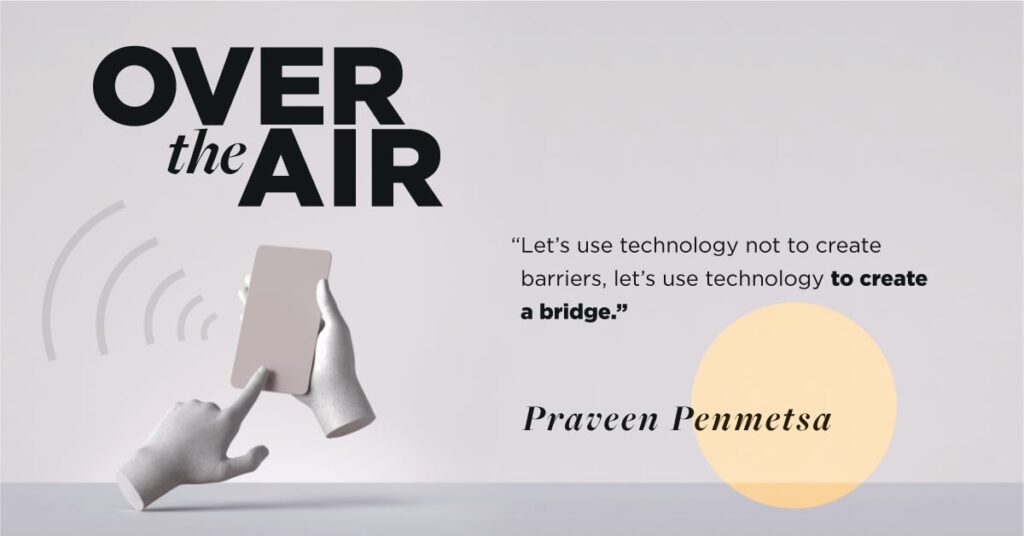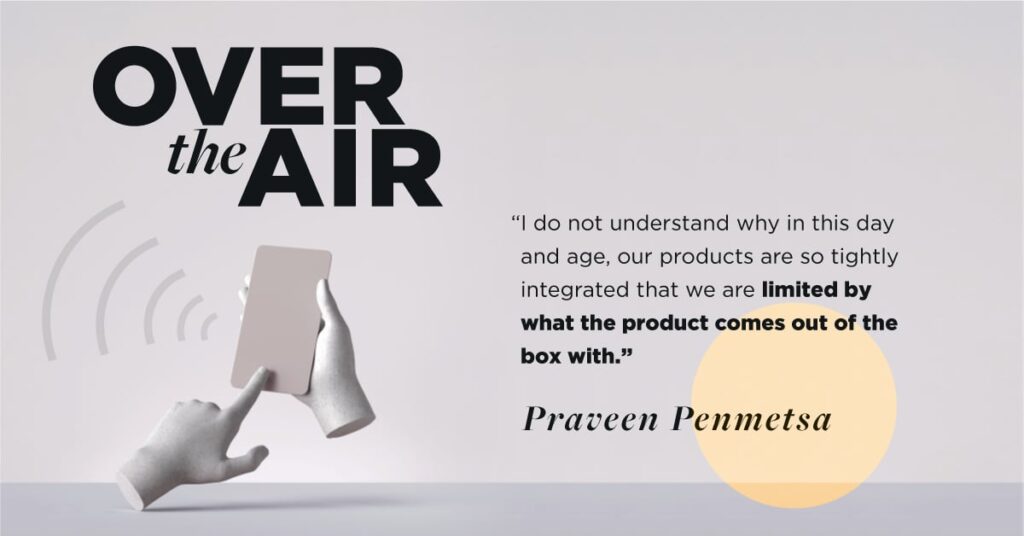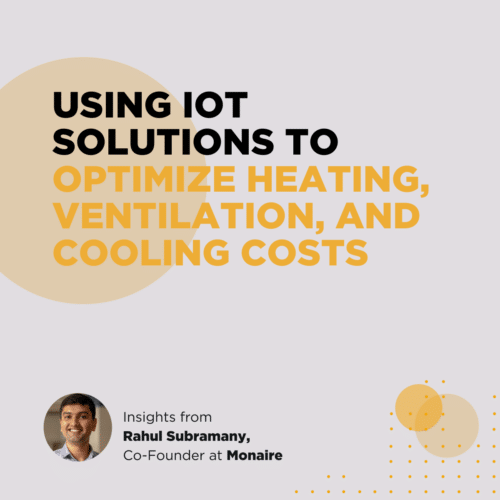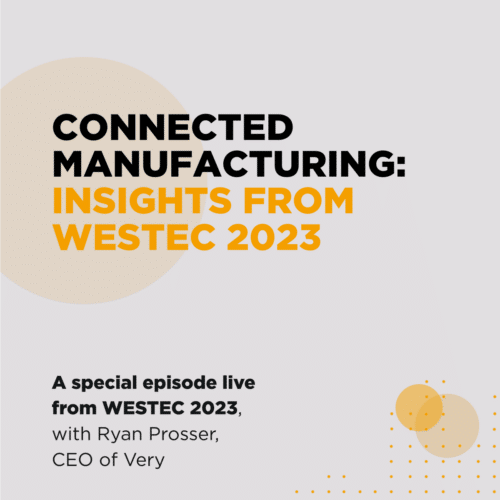Podcast
Episode 3: Guiding Agriculture Into the Digital Age
April 20, 2021
34 minutes
The Tesla of Tractors? Transforming Machinery into Smart, Electric Data Hubs
Digital transformation has upended industries and connected the world in ways we couldn’t have dreamed of 20 years ago. But one industry has remained untouched until recently — agriculture.
Praveen Penmetsa, CEO/Founder of Monarch Tractor and Motivo, appeared on today’s episode of the Over the Air podcast to discuss how he is revolutionizing the agriculture industry by bringing automation and connectivity to farmers around the world.
Topics that we covered:
- Transforming a stagnant industry
- Challenges of working in agriculture
- Using technology to tackle those challenges
This post is based on a podcast episode with Ryan Prosser and Praveen Penmetsa. To hear more interviews like this one, subscribe to Over the Air wherever you listen to podcasts.
Agriculture: An Industry in Need of Innovation

When Praveen was first introduced to agriculture technology (or ag tech), agriculture was a stagnant industry in need of change.
Praveen saw an opportunity to convert agricultural equipment from simple mechanical devices into smart, electric, autonomous data hubs. His goal was not just about connecting farming equipment. He wanted to change farm economics and make the food ecosystem more sustainable around the world.
To ensure the resulting product would be obtainable for every farmer around the globe, not just the elite, he focused on developing a fully connected and autonomous compact tractor.
4 Challenges of Working in Agriculture
According to Praveen, operating in an agricultural environment presented four distinct challenges.
1. Agriculture is Reactionary
Unlike an industry like manufacturing where you have control over 95% of the variables, you don’t control many variables in agriculture. The biggest unknown is the weather.
If the humidity drops in the middle of the night, farmers need to be able to jump into action to make sure their crops remain healthy. Reaction times have to be incredibly fast.
2. More Stakeholders
Every industry has stakeholders. For example, in the automotive industry, your stakeholders are regulators, dealerships, consumers, and car companies.
In agriculture, you also have the federal government, state governments, and commodity markets. That means when you’re trying to get a new product or new product features launched, you have to navigate this complex ecosystem of oftentimes competing interests.
3. Products Must Be Robust
Due to tight margins, agricultural equipment needs to be built to last. Farmers simply don’t have the luxury of buying new equipment every couple of years. Most people expect to use their car for 10 years at most. In the agriculture industry, it’s common for farmers to use their tractors for over 30 years.
4. Right to Repair
Historically, farmers have repaired equipment on their own. But as that equipment has become more advanced, it’s increasingly difficult for them to continue that practice. Many equipment manufacturers take advantage of the complexity by selling maintenance and service packages as a new revenue stream.
But farmers are working with tight margins and need to be able to repair their equipment quickly. With service agreements, farmers might need to wait days or even weeks, for service representatives to repair their equipment.
The result is costly — farmers could miss out on weeks of harvest.
To combat this trend, recent legislation — called Right to Repair — has been introduced in some states that will require manufacturers of electronic equipment to provide the resources necessary for people to repair devices on their own.
Tackling Ag Tech Challenges
So how do you develop a connected, smart product that will stand the test of time and that farmers can repair themselves?
Over-the-Air Technology
Praveen saw one solution to these challenges in over-the-air technology. What if they used over-the-air technologies to train the farmers on how to fix the equipment? What if connectivity, calibration, and compliance reporting were built into the product?
That’s the future Praveen is building. With the sensors and data being collected, Monarch can often find issues before the farmer even knows something is wrong. Some of those issues can be repaired over the air. For issues that can’t be solved with over-the-air technology, video streaming and other technologies are used to help the farmer repair the unit.
Modular Approach to Product Development

Additionally, Praveen found another solution in a modular approach to product development. For context, many tech companies approach product development from a non-modular approach. To jump to the next generation of a product means throwing the old one in the trash.
According to Praveen, not only is that wasteful, it’s not a good look for any brand.
For farmers, in particular, a modular approach would allow them to maintain their equipment over long periods of time. So Praveen’s team made the sensors, battery, and user interface in the tractor modular. This meant that the core hardware — the expensive part — could stay the same while continual upgrades could be made everywhere else.
As Praveen puts it, “It’s a tractor that they can name and can stay in their family for generations, but still have access to the latest and greatest.”
For more insights into connected devices, subscribe to Over the Air wherever you listen to podcasts.

Hosted by: Ryan Prosser
CEO at Very
As Very's CEO, Ryan collaborates daily with product, sales, and marketing to deliver the IoT solutions our clients look for. He is also a champion for our culture, fostering transparency and efficiency across our distributed team.










